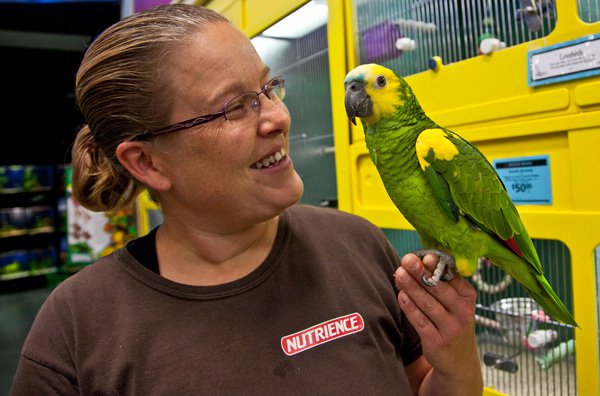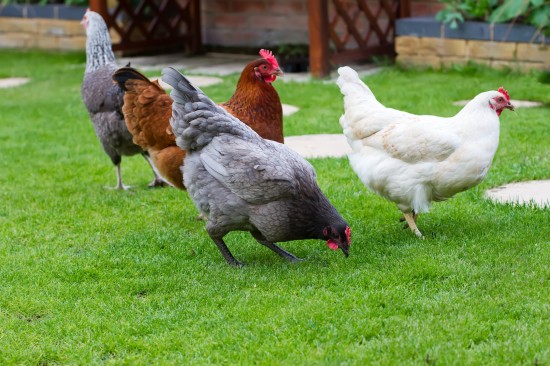
Many animal raisers are now choosing ducks over the popular counterpart, the chicken. This is because duck meat now also receives an equal number of consumers with those of chicken meat. This is a guide to raising ducks, a bird species with 20 million of them being raised in the United States alone.
Ducks are primarily raised because of their meat. The most popular breed for food in the US is the Pekin duck, a breed that originated from China. The Pekin duck matures fast and they lay more eggs compared to other breeds. A fully mature Pekin duck, 4 to 7 months old, can weigh up to 11 pounds. The mature Pekin duck also can lay up to 200 eggs per year.
A variety of guide to raising ducks include detailed protein levels that should be fed to ducklings until they mature. Basically, all they say is that the duckling stage of 3 weeks since hatching is the most crucial for growth, so they must be fed with starter feeds with 22% protein. After that, protein levels may be decreased.
This guide to keeping ducks like most others would recommend that most breeds of ducks should be grown for their meat, not for the eggs since ducks consume 75 percent more laying feeds than chickens do. Eggs are usually not harvested for selling but for food or hatching. The ducklings are then sold later.
Duck shelters need not be expensive. The shelters can be made up of assembled bamboo or wood. The key thing is that the shelter should be kept dry so that bacteria will not grow and cause diseases. This can be done by covering the flooring with layers of rice or peanut hulls and corn cobs. 3-4 square foot space in the shelter should be allotted per duck.
It is also advisable for the shelter to be situated near a stream so that the ducks can swim and exercise. It is better if the body of water is moving freely. If it is a closed pond, the droppings of ducks can make it green and dirty in just 2 weeks so the water must be replaced regularly.
Ducks should be fed with multivitamin feeds. At least once a year, they should receive pesticide spray so that they will not be attacked with mites, free or worms. This is just a quick overview guide to raising ducks. If you want to learn about the feeds and the medical supplies for ducks, agricultural and farming agencies can give you detailed information.
Basically, a guide to raising ducks is no longer necessary the second time one will take care of them. They are easy to handle and keep healthy. Most of all, it is not just a profitable endeavor, but a lot of fun too. If you would like more tips on raising ducks, please visit: www.howtoraiseducks.com
 How To Deal With Two Annoying Barking Issues
How To Deal With
How To Deal With Two Annoying Barking Issues
How To Deal With
 Caring For A Ragdoll Cat
Caring For A Ragd
Caring For A Ragdoll Cat
Caring For A Ragd
 Regular Shih Tzu Grooming Prevents Health Problems For The Breed
Regular Shih Tzu Grooming Prevents Health Problems For The
Regular Shih Tzu Grooming Prevents Health Problems For The Breed
Regular Shih Tzu Grooming Prevents Health Problems For The
 Steps That Would Find You The Right Pet Sitter
Steps That Would Find You The Right Pet Sitter
Steps That Would Find You The Right Pet Sitter
Steps That Would Find You The Right Pet Sitter
 Tips To Improve The Quality Of Life For Your Pet Chickens
Tips To Improve T
Tips To Improve The Quality Of Life For Your Pet Chickens
Tips To Improve T
Copyright © 2005-2016 Pet Information All Rights Reserved
Contact us: www162date@outlook.com